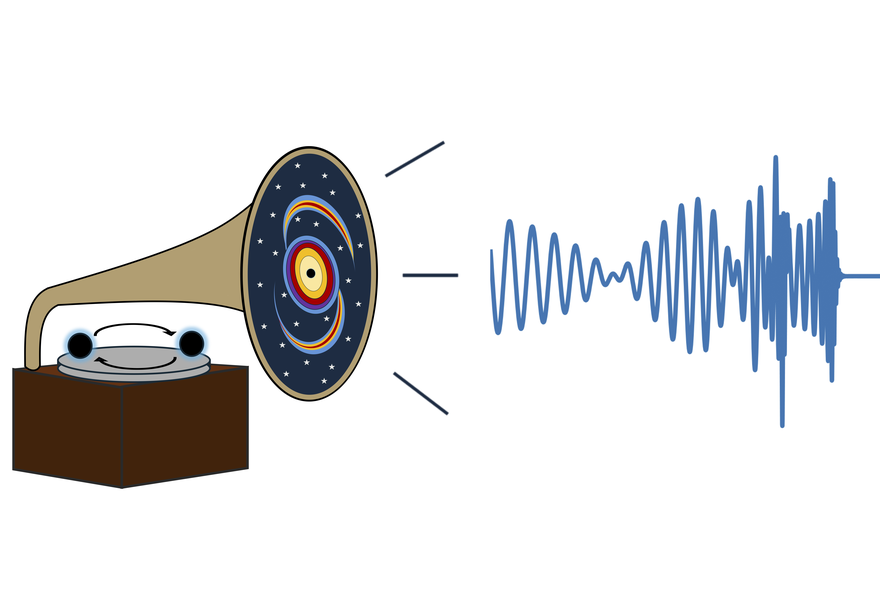Cosmic whispers made LOUD by intervening matter

Gravitational waves can be greatly magnified by intervening cosmic structures such as galaxies, and these amplified signals could offer a new way to study the distant universe that is otherwise beyond the reach of current detectors.
Every few minutes, somewhere in the Universe, a black hole encounters another and starts a fateless ritual around each other until their collision. Through this dance, space and time is excited, producing vibrations that travel across the cosmos. However, only a small fraction are loud enough to be detected here on Earth.
The Universe nonetheless holds a magnificent aid, as the universal attractive nature of gravity converts large cosmic structures into gigantic “gravitational amplifiers” to unveil the furthest objects ever observed. But how can we tell if a gravitational wave was magnified by lensing, or just inherently loud?
This paper by members of the Strong group, Observational signatures of highly magnified gravitational waves from compact binary coalescence, now published in Physical Review Letters, explores the unique fingerprints of highly magnified gravitational waves that one can look for in the data to tell them apart. It turns out that the maximum magnification a signal can have is limited by the wave nature of the signal. While rare, these highly amplified signals allow us to have a glimpse into a part of the Universe that would otherwise be inaccessible.
April 15, 2025, 12:49 p.m.